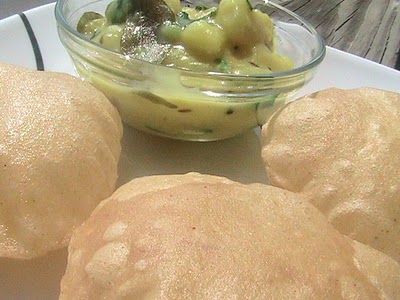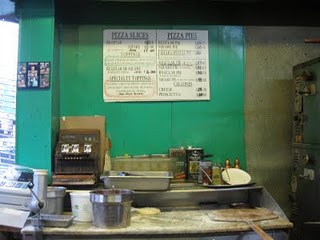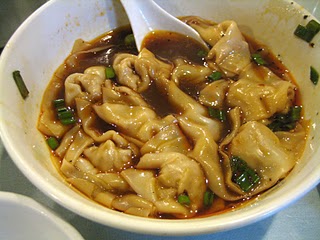It was early 2007, around the peak of the real estate boom that had overtaken New York City, when we traveled to Harlem to dine at Florence’s Restaurant. The restaurant was located on Frederick Douglass Boulevard just a few blocks north of 110th Street. I don’t recall that the trendy moniker SoHa, meaning South Harlem, had yet been awarded to that quickly gentrifying neighborhood, but, as I wrote below, all the signs were there that soon this would be a place that would be awarded a trendy moniker.
Florence’s Restaurant
(R.I.P)
After lengthy and near hysterical deliberations, our disparate group finally agreed to a date. Our choice was a Friday, certainly not ideal for anyone, but the only day all could make it. Rick was saddled with the pick and had to take weekend traffic and restaurant crowds into consideration when choosing the destination. Those considerations eliminated Brooklyn and Staten Island. The Bronx was a possibility, but the Yankees were at home that night. There was always Queens, but Rick wanted a break from that food bounteous borough. Downtown Manhattan could be risky, so that left Harlem. Rick’s research unveiled a conveniently (convenient to me at least) located African restaurant named Florence’s specializing in home cooking and, as Rick added: “that is if your home is Ghana.” We expected our full group of six until Friday afternoon when Rick had to suddenly drop out due to a family emergency. Though it was his pick, it was too late to find another destination. We would meet at Florence’s.
Walking up Central Park West and past 110th Street when it becomes Frederick Douglass Boulevard, or as it is also known, 8th Avenue, and passing the distinct signs of gentrification; where on every block new apartment buildings are rising and brownstones gutted and ready for renovation; where real estate is now into the multi-millions, there was Florence’s, a tiny and untidy symbol of resistance to change.
When I arrived a few African men were sitting at the Formica-topped tables adorned with cheap plastic table mats decorated with ducklings in bonnets. They were dining on large bowls of stews, using mashed fufu, a yellowish plantain meal formed into a smooth ball, as a utensil and scooping up the stew with it. A television was on to the news and a little boy was laughing and playing with books on the floor of the restaurant near where I was sitting. To capture my attention, the boy began to raise the level of his giggling. The owner, probably the boy’s father, scolded him. The boy went quickly silent.
I was alone but given a table for five until a large group of young tourists staying at a nearby hostel entered. I gave up my table and switched to another, smaller table. I sipped a fiery, homemade ginger beer and tried calling Gerry and Zio wondering when they would arrive, but couldn’t get through to either. I was worried that with the group of tourists that Florence’s might run out of food as small, family-run restaurants like these are apt to do. I didn’t know then, but my worries were unfounded.
Zio waddled in soon after, fedora on head, followed by Gerry who announced that Eugene was out due to a work commitment. Mike from Yonkers completed the group and wasting no time, we perused the very informative menu. When we gave the waiter our usual spiel—that we like to sample the traditional favorites, he genially pointed out a number of Ghanian and Ivorian (Ivory Coast) specialties starting with the aforementioned fufu and groundnut (peanut butter stew). With it we had a choice of beef, chicken, fish, goat, or cow foot. Before I could say “goat,” Zio blurted out “cow foot,” his insistent craving for the gelatinous hooves that would accompany our peanut butter stew went without explanation.
Our waiter also recommended the fried fish served with banku, fermented cassava dough and rolled into balls, the baked fish, an item called kelewele, sliced plantains seasoned with ginger, chilies, and cloves and fried giving it, according to the menu, “a peculiar mouth-watering flavor.” Lastly, we were steered toward a supposedly popular dish of black-eyed peas called “red red.”
The groundnut stew with cowfoot arrived first along with the mound of fufu. I picked up one of the hooves, found it impenetrable and quickly gave up on it, but Zio determinedly found a way to gnaw the clear gristle surrounding bone. Unlike the Africans, I tried to eat the fufu with fork and knife—a big mistake; it was like cutting through rubber. The banku that accompanied the excellent fried fish was a better option, soft and starchy, a nice compliment to the tangy sauce of the fish. The menu said the baked fish was bluefish, but devoid of that fish’s oily, distinctively strong flavor, it was more likely tilapia. Whatever the species, the fish was moist and full of meat and flavor.
The last two dishes to arrive were the “red red,” a bowl of black-eyed peas drenched in an oily crimson-colored sauce that was, despite it’s appearance, rather bland, and the kelewele, plantains fried to a crisp, deep brown color and speckled with chilies and ginger, again not as spicy as it appeared. The four of us finished everything and were shocked at the miniscule bill for all the food we consumed. Had the owners of Florence’s not seen the construction that I saw? Did they look at the overpriced menu of the new, upscale Ethiopian restaurant with the fancy wine list across the street? Were they not aware that the immediate world around them was about to drastically change? I could only hope that they did not.
But of course it did, though not without a serious bump. Construction in Harlem and elsewhere halted temporarily during the financial crises of 2008 and 2009, but the growth resumed in 2010. I ‘m not sure when Florence’s closed, but it couldn’t have been more than a year after our visit. Where Florence’s once was there is now a wildly popular beer garden called Bier International with “al fresco” seating featuring “brunch.”





























